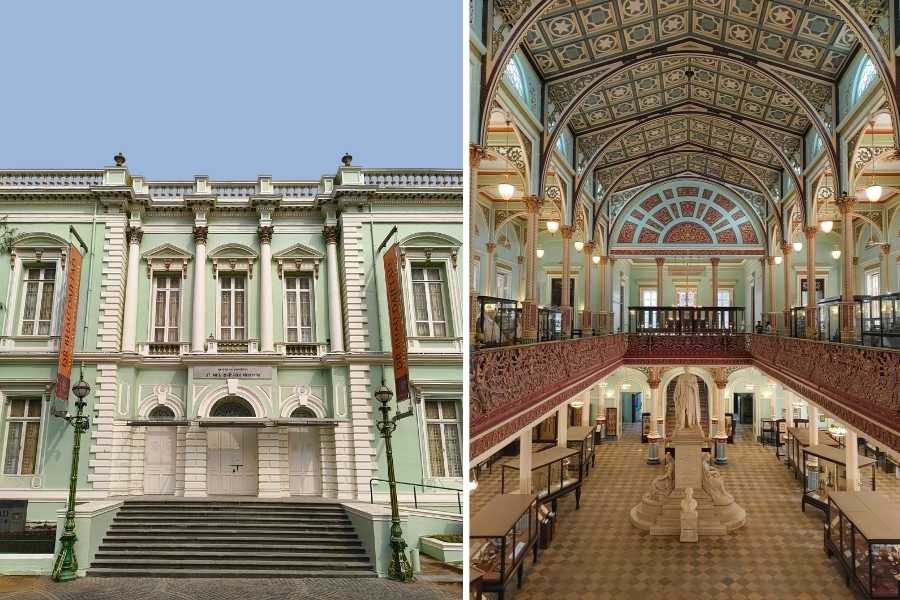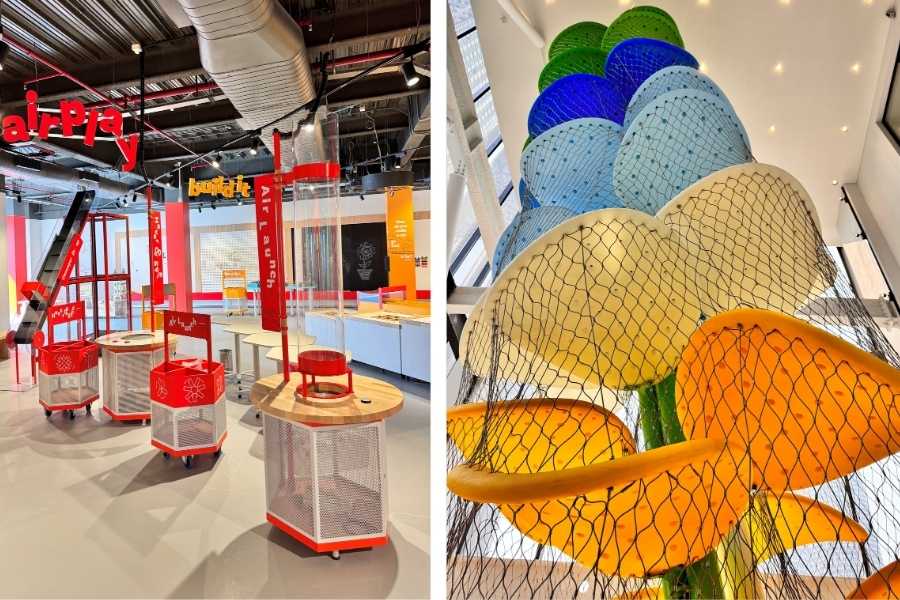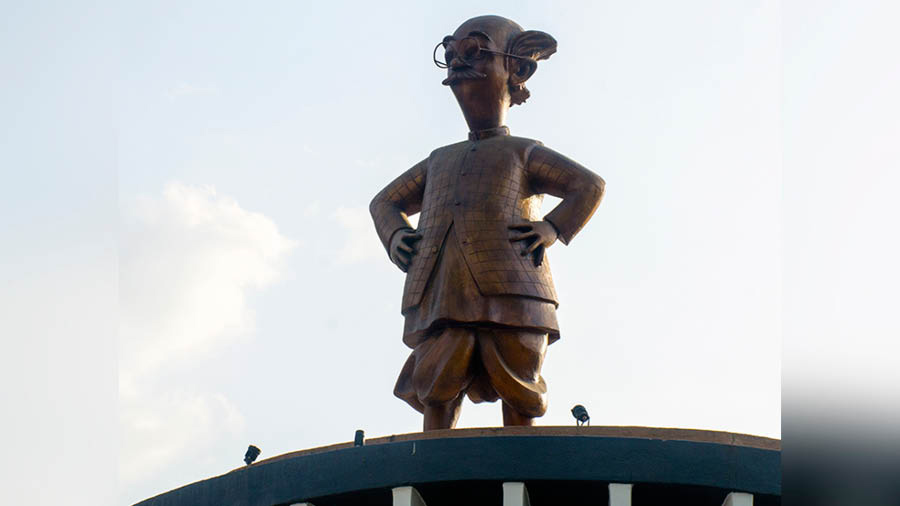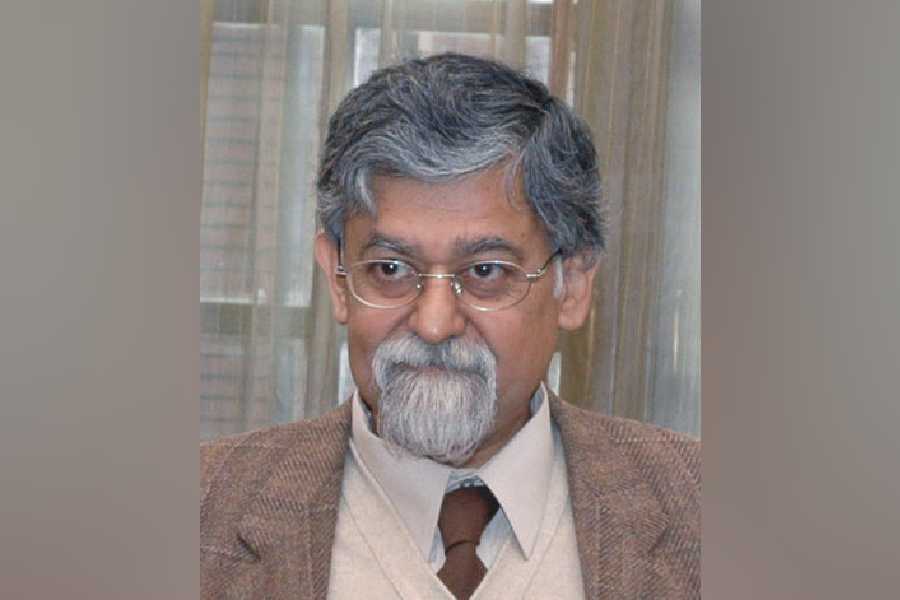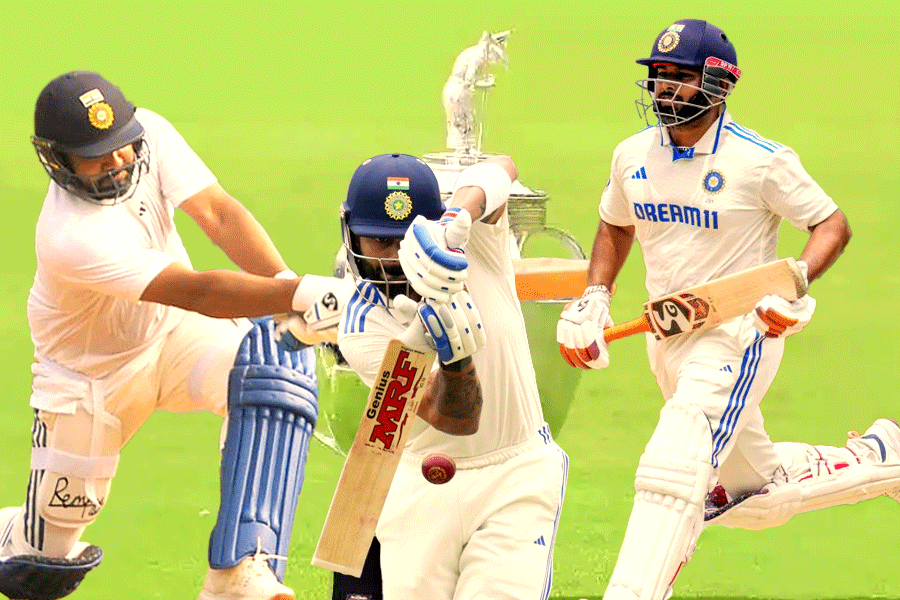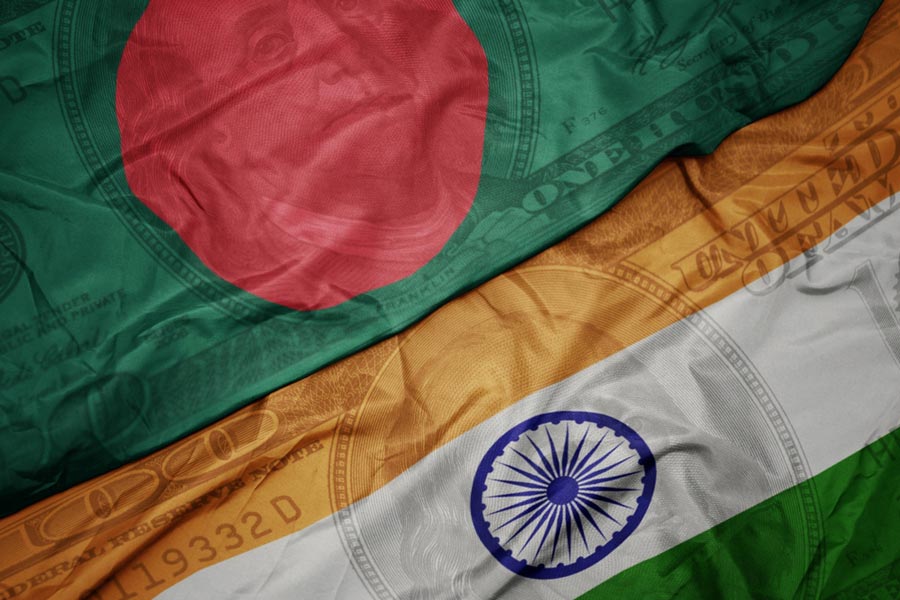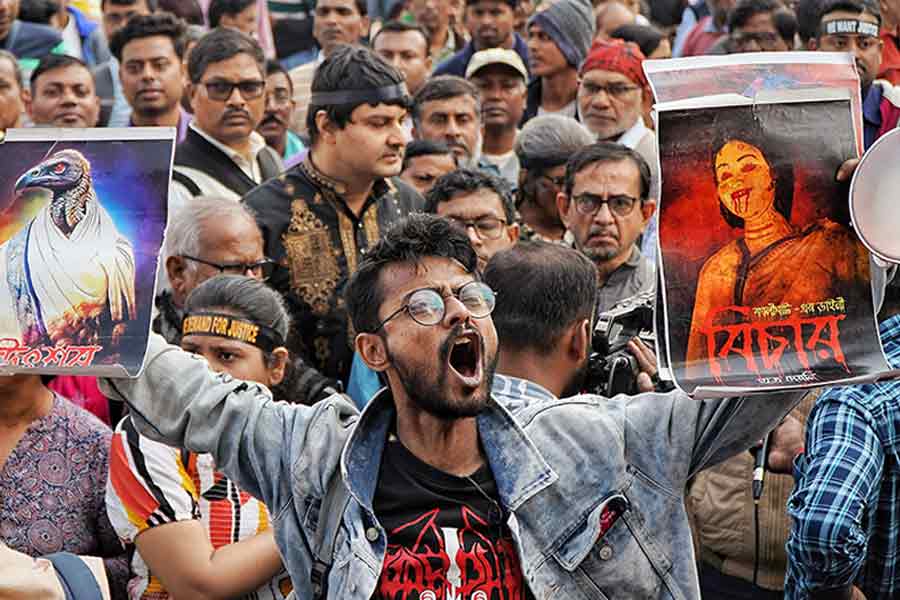Nestled in the Veermata Jijabai Bhosale Botanical Udyan & Zoo (popularly Byculla Zoo) in central Mumbai’s Byculla, the Dr. Bhau Daji Lad Mumbai City Museum is a rare gem. Opened in 1872, as the Victoria and Albert Museum, its Palladian architecture, Victorian interiors, and an overall Renaissance Revival style make it a unique structure. It is also the city’s oldest museum. In 1975, it was renamed in honour of Dr. Lad who served as the sheriff of Bombay for two terms from 1869 to 1871. The museum showcases Mumbai’s cultural heritage and history through a collection of fine and decorative arts and artefacts that highlight the craftsmanship of various communities of the then Bombay Presidency.
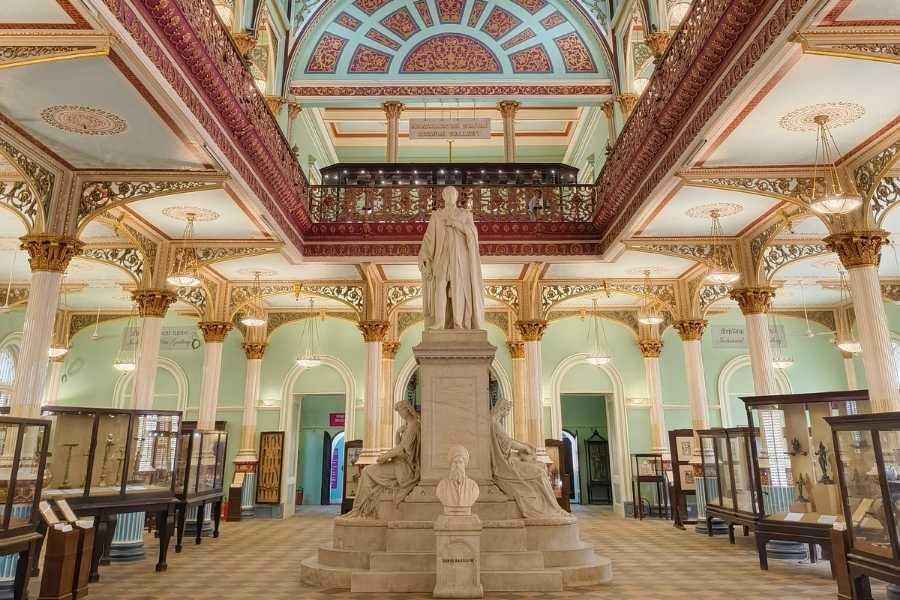
The newly restored museum was inaugurated on January 8, 2025, by Maharashtra’s chief minister, Devendra Fadnavis
The heritage building once lay in a derelict condition, but a comprehensive five-year restoration jointly carried out in the early 2000s by the Municipal Corporation of Greater Mumbai (MCGM), the Jamnalal Bajaj Foundation, and the Indian National Trust for Art and Cultural Heritage (INTACH) led to its revival. The external façade and interior walls were spruced up and repainted, plant and termite damage was addressed, the roof was waterproofed, lighting was improved, and the original gilded design details were polished.
“The interior walls of the Museum were scraped and repainted in celadon green as per the original colour scheme determined after extensive research. It is considered the most appropriate colour for the contemplation of rare and beautiful objects,” says Tasneem Zakaria Mehta, the then convenor of INTACH’s Mumbai Chapter who spearheaded the project (she is now the managing trustee and honorary director of the museum). The museum’s objects and artefacts were also restored by INTACH’s expert conservators. The restoration project won UNESCO’s 2005 Award of Excellence in the field of Cultural Conservation, and the museum reopened in 2008 with an extensive exhibition programme.
The prolonged pandemic-induced closure of the museum led to building damages as regular maintenance could not be carried out. To address this, the museum underwent two years of repairs and refurbishment of the sections that were worn out after the previous restoration work. The project was undertaken by the Brihanmumbai Municipal Corporation (BMC) through their Heritage Cell and cost ₹2.8 crore. “The Museum’s grand cast-iron palisades, Minton tiles, staircase railings, Corinthian capitals, and columns were imported from England in the 1860s, and required careful attention before and during the process,” says Mehta. The newly restored museum was inaugurated on January 8, 2025, by Maharashtra’s chief minister Devendra Fadnavis.
The museum’s eclectic permanent collection is spread over multiple galleries. On the ground floor, the Industrial Arts Gallery showcases various Indian designs and crafts that were highly prized in the international markets of the 19th century. These include pottery, carved stonework, lacquer on brass, bidri work, silver objets d'art, and more. The adjoining paintings gallery houses a small but fine collection of 19th-century paintings of Bombay, while the Founders' Gallery halfway up the monumental staircase exhibits portraits of the museum's founders, including Dr. Bhau Daji Lad, George Buist, Jagannath Shankarseth, Jamsetjee Jeejeebhoy, and George Birdwood.
Upstairs, the Kamalnayan Bajaj Mumbai Gallery tells the story of the city’s origins and development from the 18th to early 20th centuries through maps, dioramas, and models. “One of the highlights is a set of relief maps titled Heptanesia and Island of Bombay (1700–1800). Visitors often find joy in tracing their neighbourhoods on these historic maps, creating a personal connection to the city’s rich history and evolution,” says Mehta.
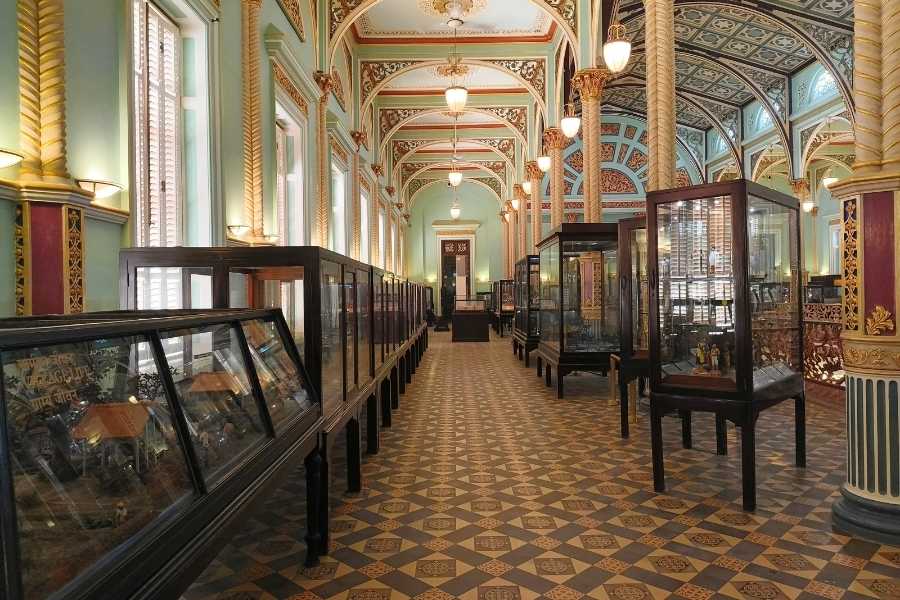
The museum’s eclectic permanent collection is spread over multiple galleries
Apart from the permanent collection, the museum will resume its exhibition programming with a retrospective of one of India’s most eminent artists, Reena Saini Kallat. The exhibition Cartographies of the Unseen is curated by Mehta and brings together a cross-section of Kallat’s works over the past 25 years, showcasing the diversity and depth of her expansive practice; it opens on January 31, 2025. In April, the museum will collaborate with the German Embassy to bring an exhibition about the German architect Eckart Muthesius, who worked as the state architect for Yashwant Rao Holkar in the early 20th century and designed Manik Bagh, an incredible modern palace in Indore. Later in the year, to coincide with Art Mumbai (usually in November), the museum will showcase works by contemporary artist Sameer Kulavoor.
Dr. Bhau Daji Lad Mumbai City Museum is open on all days from 10am to 5.30pm except Wednesdays; entry Rs 20. Free guided tours — in English and Marathi — are offered on Saturdays and Sundays.

